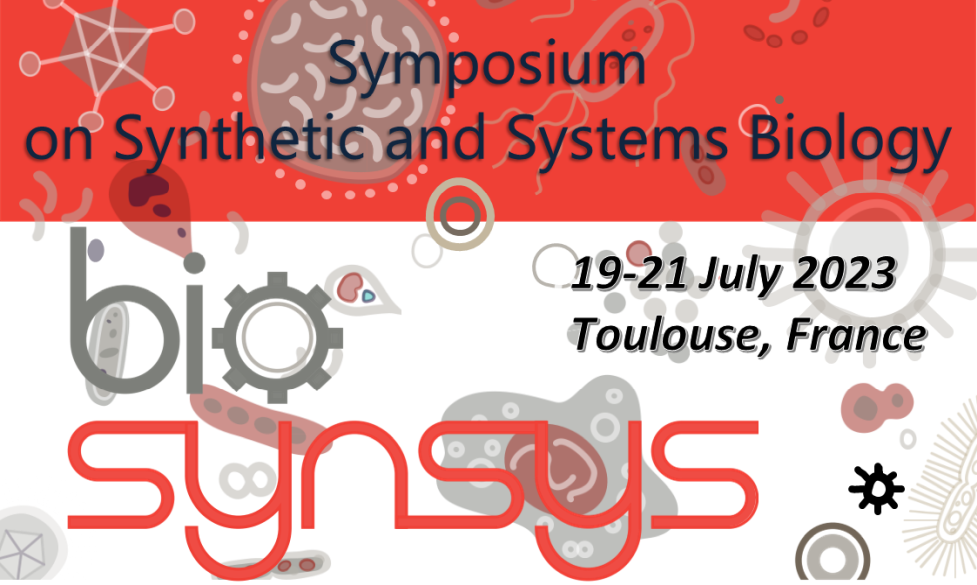Dysbiosis of the gut microbiota has been recently shown to be the cause of many diseases which include obesity, depression and schizophrenia among others. This is mediated through the secretion of essential proteins and metabolites involved in neuropeptide and gut hormone release (1). Understanding this imbalance in host-gut microbiota relationship is then a key point to control the emergence of these diseases (2,3). However, due to the diverse and complex interactions that gut microbes have with each other and with the host, identifying causal relationships between microbes and the host through the molecules they produce remains a difficult challenge. We used the KEIO library of Escherichia coli single-gene deletion mutants and the worm Caenorhabditis elegans as simplified host-microbiota model (4) to find novel neuroactive compounds for the treatment of neurological and psychiatric diseases in humans. C. elegans is a bacterivore with a simple nervous system, yet it displays a variety of behavioural responses to bacteria that are observable in the laboratory and governed by conserved neural signalling pathways. Here, we performed high-throughput phenotypic screening by using a sophisticated animal tracking software to investigate worm behaviour in response to thousands of bacterial mutants. Our results reveal that bacterial mutants involved in iron metabolism and electron transport chain modify host behaviour through a mechanism involving mitochondrial redox homeostasis. This work opens a new path for developing gut microbes with the capacity to control host behaviour.
1. Martin, C.R., Osadchiy, V., Kalani, A., and Mayer, E.A. (2018). The brain-gut-microbiome axis. Cellular and molecular gastroenterology and hepatology 6, 133–148.
2. Cogliati, S., Clementi, V., Francisco, M., Crespo, C., Arganaraz, F., and Grau, R. (2020). Bacillus subtilis delays neurodegeneration and behavioral impairment in the Alzheimer's disease model Caenorhabditis elegans. Journal of Alzheimer's Disease 73, 1035–1052.
3. Goya, M.E., Xue, F., Sampedro-Torres-Quevedo, C., Arnaouteli, S., Riquelme-Dominguez, L., Romanowski, A., Brydon, J., Ball, K.L., Stanley-Wall, N.R., and Doitsidou, M. (2020). Probiotic Bacillus subtilis Protects against α-Synuclein Aggregation in C. elegans. Cell Rep 30, 367-380.e7. 10.1016/j.celrep.2019.12.078.
4. Backes, C., Martinez-Martinez, D., and Cabreiro, F. (2021). C. elegans: A biosensor for host–microbe interactions. Lab Anim 50, 127–135. 10.1038/s41684-021-00724-z.

 PDF version
PDF version
